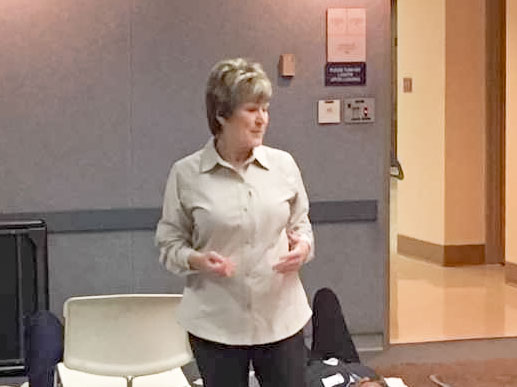"This course exceeded my expectations! I did not have a strong base of knowledge or exercises for patients with Osteoporosis. This course changed all that. We were given up-to-date facts, evaluation techniques, and exercises we could take back to the clinic and feel confident that we are doing no harm - and in fact, going to help make a change in our patient’s quality of life. This course is worth your time and money!
Juli Bell, PT, CLT | Osteoporosis Management - January 25 2025
"I am very appreciative of the well-written exercises, and descriptions. I also appreciate the handouts on medications, Osteoporosis-related resources, and articles. I look forward to your continued education and updates on relevant beneficial osteoporosis practices."
Susan Ulbrich Doolittle, PT | Osteoporosis Management - November 2 2024
"This was an excellent base course in the treatment of osteoporosis and I am excitedly looking forward to seeing more coursework related to this topic. Excellent presentation with good interaction time and efficiently completed."
Joan Bray PT, DPT | Osteoporosis Management - September 14 2024
"The pre-course work was very informative, especially the testing procedures. I enjoyed the content and lab portion of the course. I thoroughly enjoyed the course! Thank you Deb on Zoom and to both Deb and Frank for the pre-course information."
Stephanie Hahn, PT, DPT | Osteoporosis Management - April 27 2024






